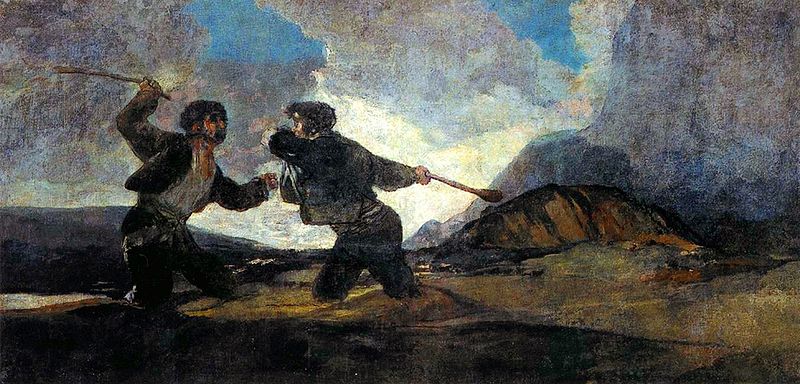My tribute to Babikir Adham Abdo, by Ana Camusso
by Ana Camusso, 16 January 2016.
from Darfur, assassinated in Israel by two teenagers in the city of Petaj Tikva
in November, 2016
At the end, the state attorney accused the
two teenagers, Dennis Bershivitz, 19, and a 16-year-old child, on involuntary
manslaughter charges. Involuntary manslaughter, not murder, as the State
attorney claims that it can not be proved that they intended to kill
Adham-Uvdo. The State lawyer claims that it can not be proven that they acted
out of racism.

The news spread. It was published late and the grief of very few people did not
last very long.
forgot. But not I. Today when I crossed the Patio neighbourhood and met some
young Sudanese as they went about their respective jobs, Babikir’s image came
back to my mind. Babikir Adham-Abdo, the 40-year-old Sudanese man who fled from
the civil war in his native Darfur, only to be killed in the street by two
Israeli teenagers in Petah Tikva, a city close to Tel Aviv which he hardly
knew.
As a visual artist I get strong feelings in the form of superimposed images
that are related with other images through my memory. When that happens, I grab
some p paper, a pencil, or whatever comes to hand, and start drawing. So it was
on my way home, that I stopped at a cafeteria, got a sheet of paper, and
sketched an incomplete silhouette of a man. The silhouette, transported me
slowly to one of the wildest Western art images as produced by the brush of the
Spanish painter, Goya: ”The fight with cudgels” (painted between 1820-1823). In
this painting two men armed with clubs, assail each other while appearing
be trapped knee-deep in a quagmire of mud or sand. There is no escape, and only
fighting till death is the fate of both men. The landscape is stripped, grey,
and arid. Loneliness and death go hand in hand. The observer is the only
witness of the clash taking place.
the Israeli city of Petah Tikva where the protagonists — unlike the scene in
Goya’s painting — consist of one victim and his two murderers. The victim,
Babikir, is unarmed with fingers missing from a hand due to an unfortunate
previous conflict. Having already survived a genocide, this foreign black man,
had been released a few months earlier from a jail for Africans in the Israeli
desert and had gone out with his roommate for an evening’s fun. One of the
murderers born in that city — old enough to have been by Babikir’s son — was
white, did not want foreigners in his country, and was determined to kill
Babikir. He hit Babikir mercilessly for an hour or more until he finally
collapsed. When Babikir was eventually picked up by an ambulance after several
hours, he was virtually lifeless and died some days later alone in an Israeli
hospital.
Goya’s painting “The fight with cudgels,” was an allegory of the Civil War with
the protagonists representing the war’s two opposing sides. Spain became the
most backward country in Europe for centuries with expulsions, misery, famine,
continuous civil wars, colonialism, and finally collapse before hope for a
Republic came with Franco’s fascist victory and decades of struggle that would
extricate Spain from its quagmire.
In my drawing, on that piece of paper, I see with serenity Babikir’s silhouette
walking alone perhaps to a better fate. He had rebelled against the country
that denigrated the foreigners whom it regarded as infiltrators who spoilt the
Israeli quality of life; that denied asylum seekers basic human rights and
instead condemned them to a hellish life until their ultimate expulsion from
the land; that had unjustly detained Bibikir for years and stripped him of any
hope; and that fatefully led him to the dark street of Petah Tikba from where
he would never return. It would take many decades before Israel could escape
from its own quagmire.


